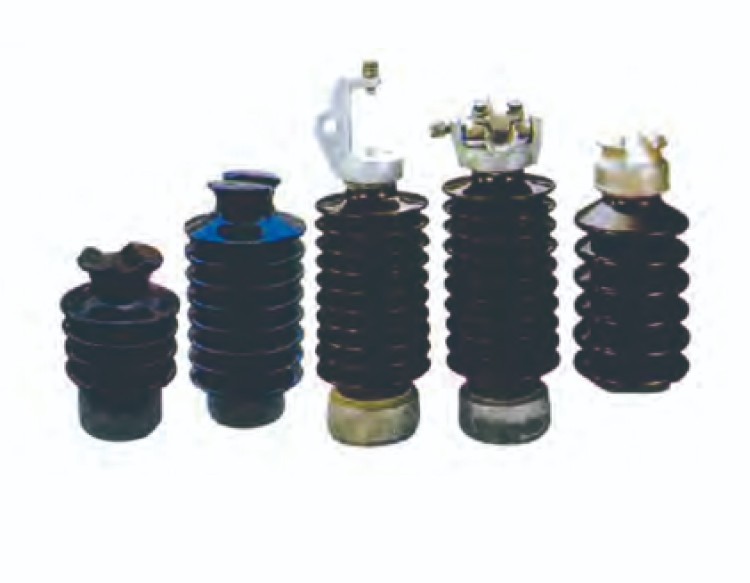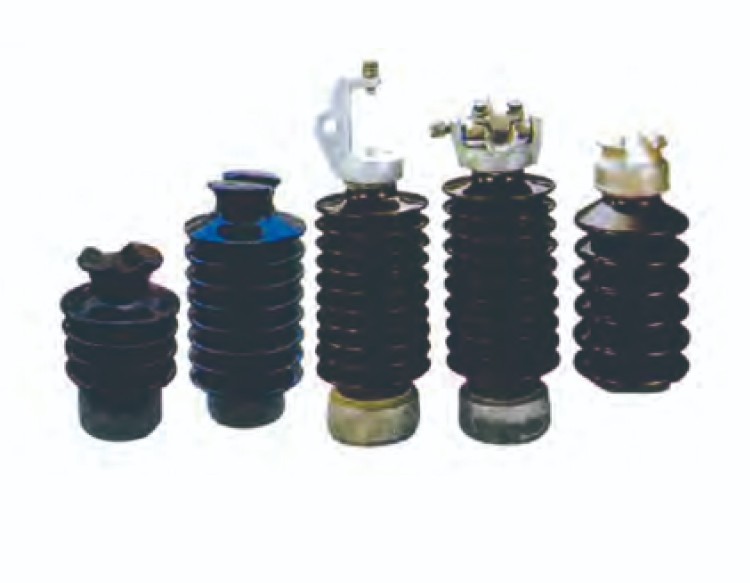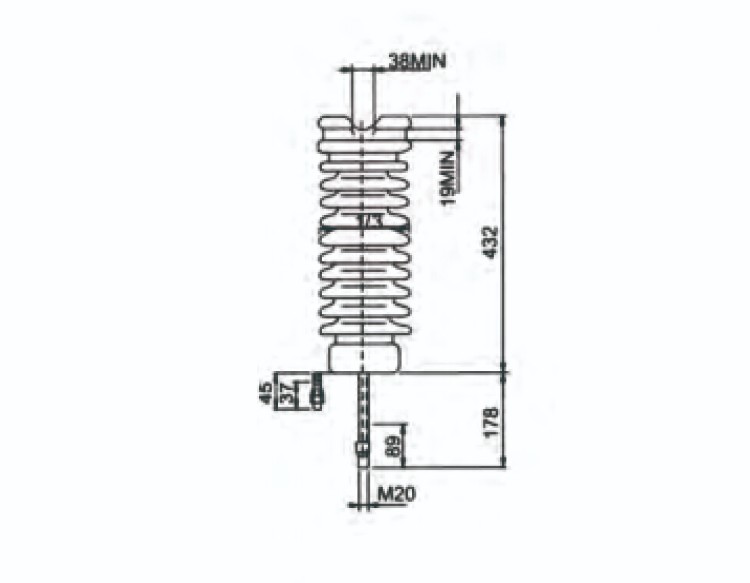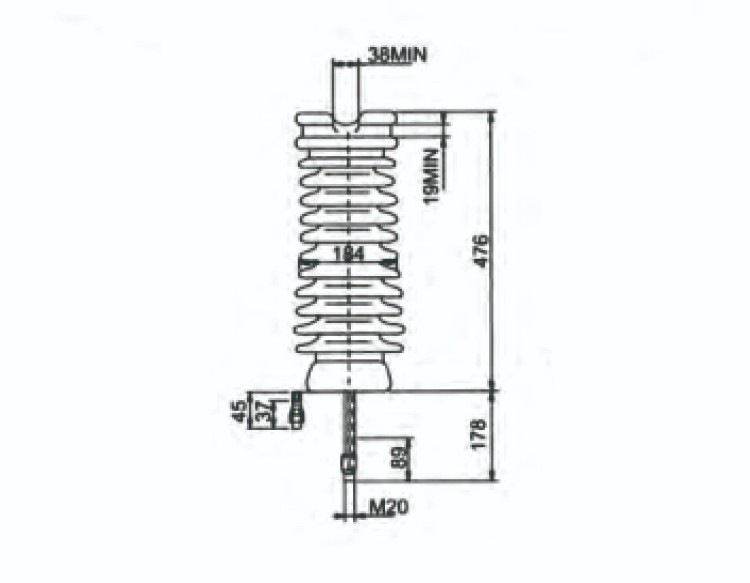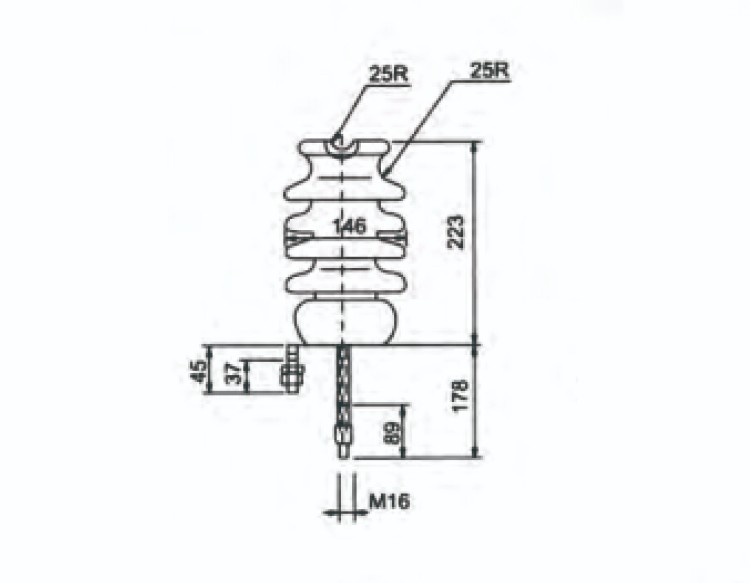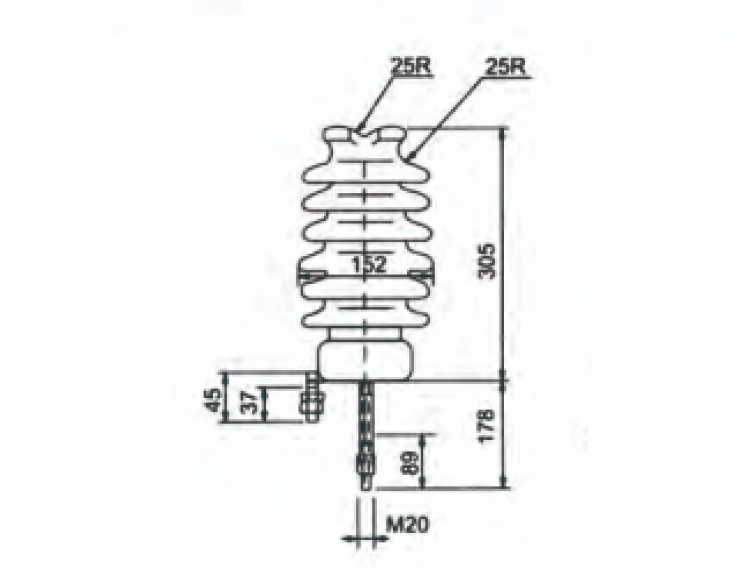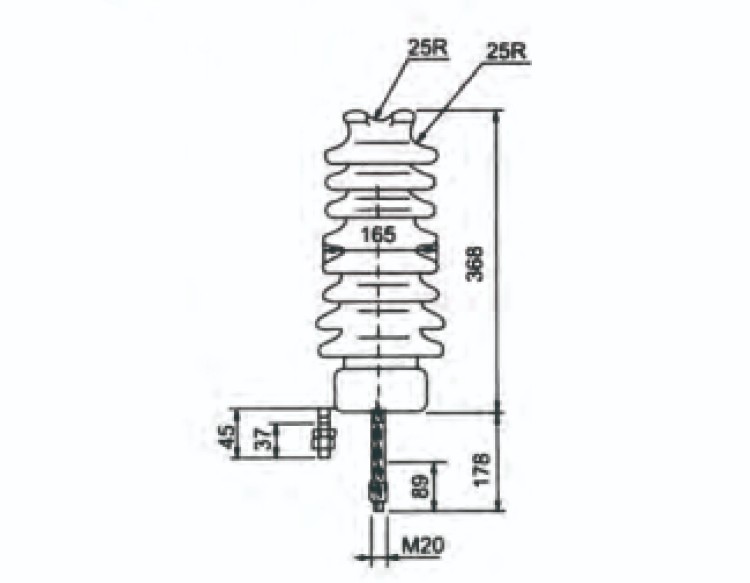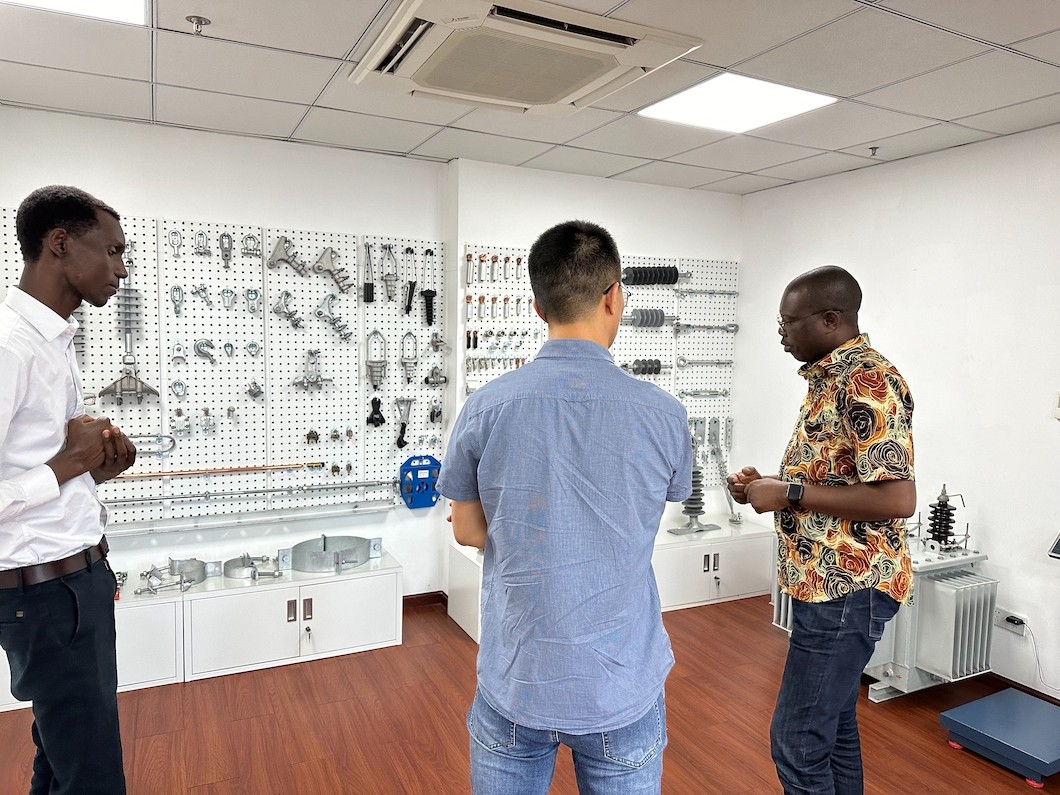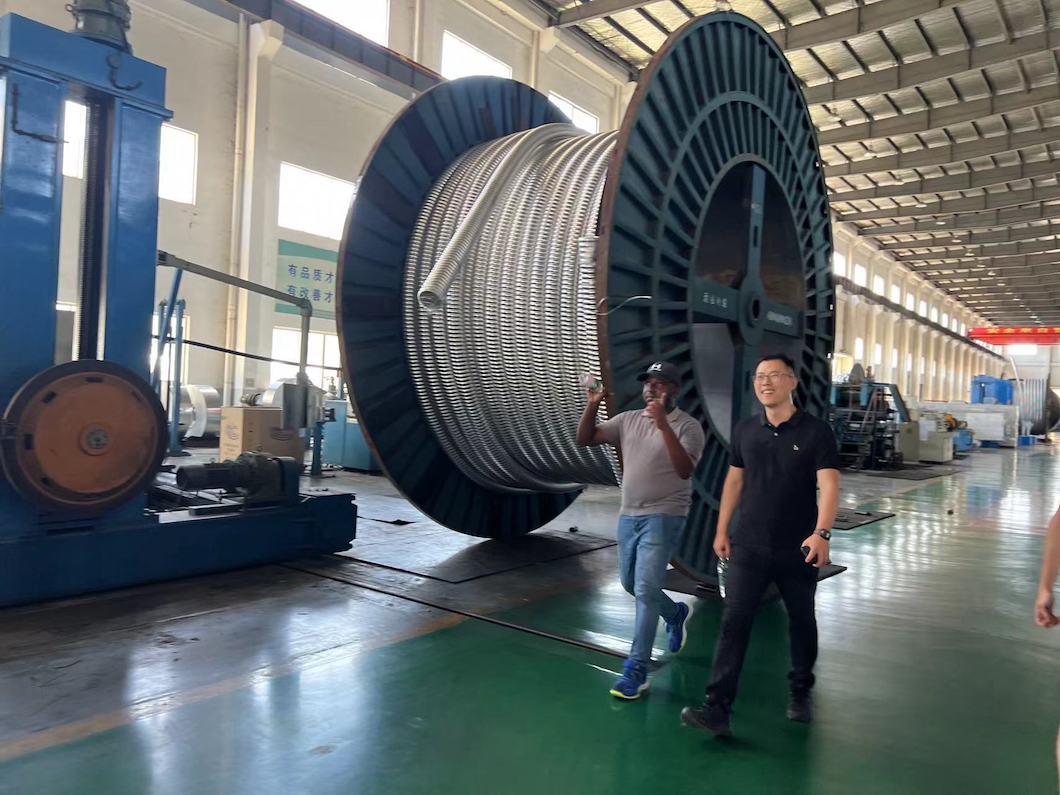| CLASS ANSI | 57-1S 57-1L | 57-2S 57-2L | 57-3S 57-3L | 57-4S 57-4L | 57-5S 57-5L | |
| Fig NO | 3 | 4 | 5 | 5 | 2 | |
| Main Dimansions of the pin mm | M16 | M20 (M16) | M20 | M20 | M20 | |
| Creepage distance mm | 356 | 559 | 737 | 1015 | 1145 | |
| Dry arcing distance mm | 165 | 241 | 311 | 368 | 438 | |
| Cantilever strength kN | 12.5 | 12.5 | 12.5 | 12.5 | 12.5 | |
| Low frequency flashover voltage | Dry flashover kV | 80 | 110 | 125 | 150 | 175 |
| Wet flashover kV | 60 | 85 | 100 | 125 | 150 | |
| Critical impulse flashover voltage | Positive kV | 130 | 180 | 210 | 255 | 290 |
| Negative kV | 155 | 205 | 260 | 340 | 380 | |
| Radio influence voltage data | Test voltage to ground kV | 15 | 22 | 30 | 44 | 44 |
| At 1000kHz Max.RIV μ V | 100 | 100 | 300 | 200 | 200 | |
| Weight ( kg) | 5 | 9.8 | 12 | 16 | 18 | |
Here’s some information about ANSI Low & Medium Voltage Pin Type Insulators:
1.Material: They are often made of porcelain or composite materials.
2.Application: These insulators are designed to support the conducting cable directly on the head or neck of the insulator (top and side grooves).
3.Installation: Care should be taken during installation. For instance, the insulator should not be overtightened as it can damage the neck of the insulator, leading to failure.









